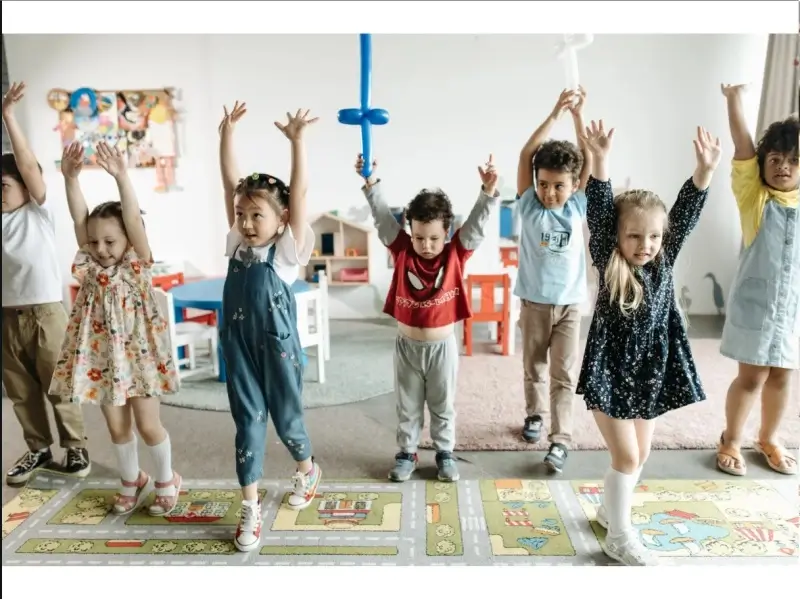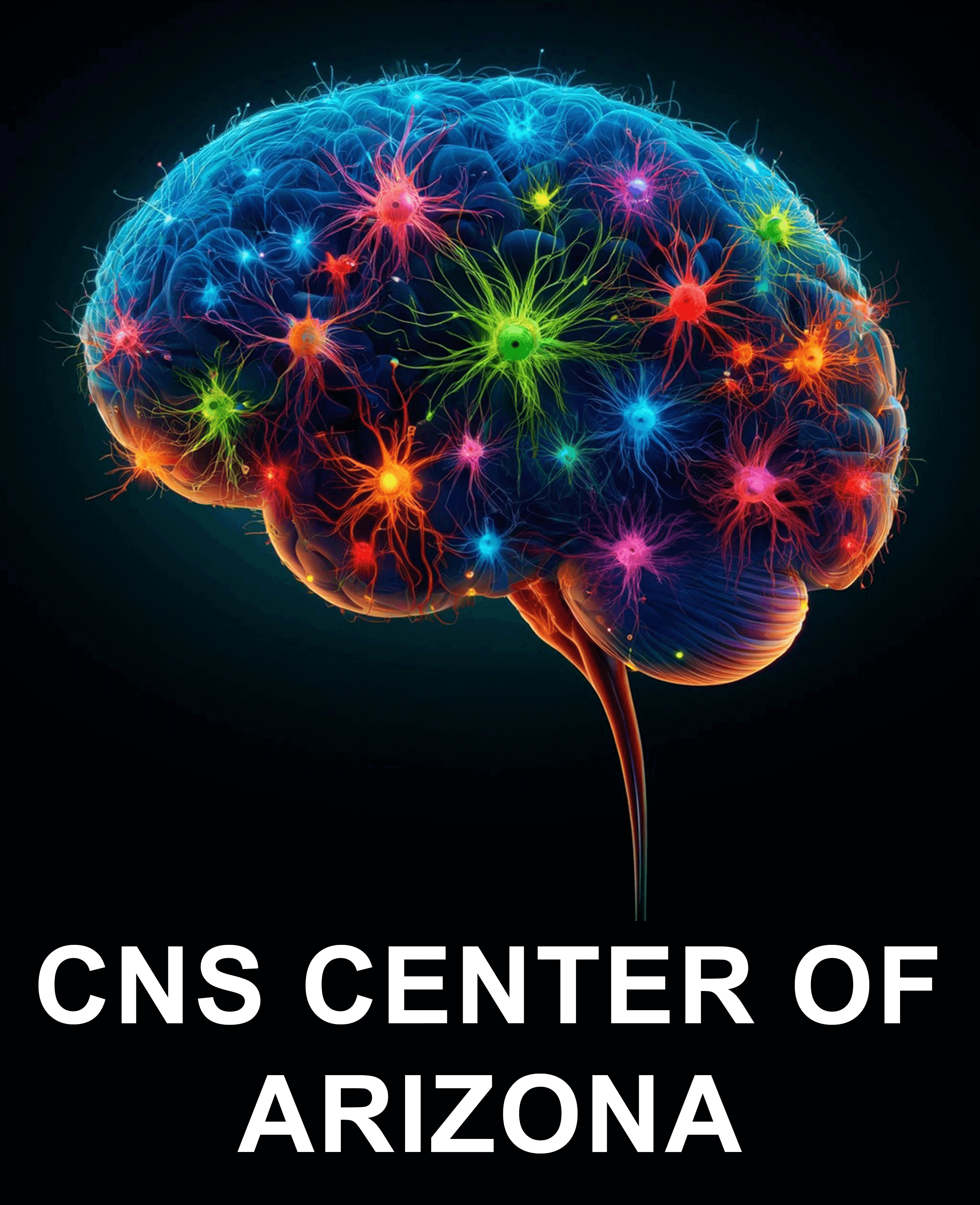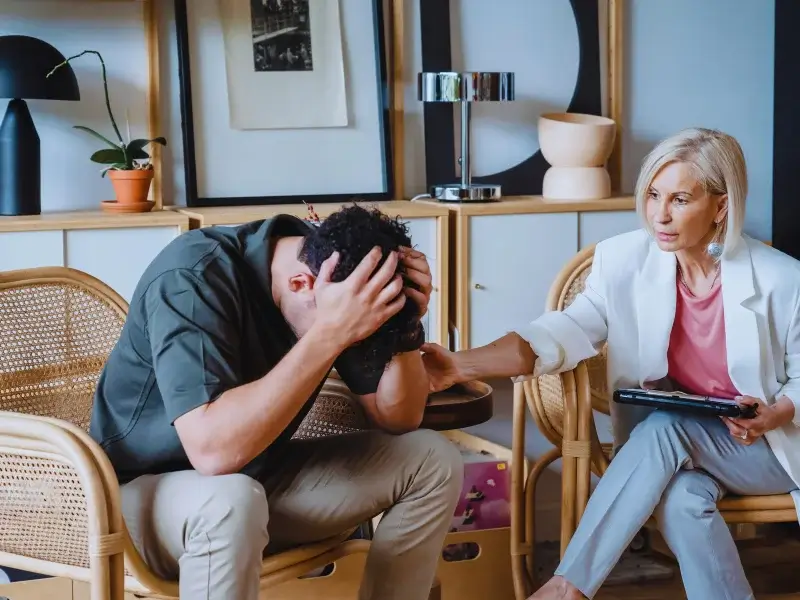
Post-Traumatic Stress Disorder (PTSD) stands as a potent psychological condition triggered by experiencing or witnessing traumatic events.
The condition transcends age, affecting children, adolescents, and adults, albeit manifesting variably across these age groups.
Understanding PTSD’s intricacies, recognizing its symptoms in different age groups, adopting coping mechanisms, and knowing when to seek professional help constitute pivotal steps toward effective management and recovery.
What is PTSD?
Post-Traumatic Stress Disorder is a psychiatric disorder that may occur in people who have experienced or witnessed a traumatic event, such as a natural disaster, serious accident, terrorist act, war or combat, sexual abuse, or other violent personal assault.
The American Psychiatric Association defines PTSD as the presence of specific symptoms following exposure to trauma.
These symptoms include intrusive memories of the event, avoidance of reminders of the trauma, adverse changes in thoughts and mood, and alterations in arousal and reactivity.
PTSD in Children
Children are remarkably resilient, but trauma can leave enduring imprints.
PTSD in children may present as fear, anxiety, sleep problems, and regression to earlier behaviors like thumb-sucking or bed-wetting.
Children may act out the traumatic event during play or draw pictures.
The impact of PTSD on children can be pervasive. It can deter normal development, affecting a child’s emotional intelligence, sense of self, and ability to form healthy relationships.
Academic performance can also take a hit, with children showing difficulty concentrating or learning new information.
Children, due to their limited understanding and coping mechanisms, can manifest PTSD differently than adults.
Symptoms in children might include regression to behaviors they had outgrown, clinging to a parent, or repetitive play that reenacts the trauma.
PTSD in Adolescents
In adolescents, PTSD may mimic adult-like symptoms, but its effects can be uniquely detrimental in this age group.
Adolescents may exhibit symptoms including irritable or aggressive behavior, reckless or destructive behavior, withdrawal from friends and activities they once enjoyed, and difficulties concentrating or sleeping.
However, unlike adults, these behaviors often overlap with normal adolescent development, making diagnosis more complex.
The trauma that induces PTSD may also interact negatively with the typical struggles of adolescence.
Self-esteem and body image concerns, the pursuit of independence, the pressure of academic performance, and changing peer relationships can all be overshadowed by PTSD, further complicating an already challenging developmental period.

PTSD in Adults
PTSD symptoms in adults may manifest as intrusive thoughts, flashbacks, nightmares relating to the trauma, avoidance behaviors, changes in emotional reactions, and negative alterations in mood and cognition.
Furthermore, the long-term outcomes of adult PTSD can be severe, leading to comorbid disorders like depression, anxiety, and substance abuse.
Adults who have PTSD might also experience difficulties in their personal and professional lives.
Relationships may become strained due to the individual’s heightened irritability or withdrawal, both common symptoms of PTSD.
Job loss could also occur if traumatic flashbacks or lack of concentration interfere with job performance.
How PTSD Affects Individuals
While PTSD symptoms can differ by age group, there may be significant interaction effects, mainly when trauma occurs during childhood or adolescence and persists into adulthood.
Childhood trauma can alter the normal progression of psychological development, potentially predisposing the adolescent or adult to more severe or chronic PTSD symptoms.
The effects of PTSD can be pervasive and enduring for individuals across all age groups.
Recognizing the signs and understanding the nuanced ways PTSD presents in children, adolescents, and adults is a crucial step toward effective intervention.
Promoting early detection, providing age-appropriate therapy, and facilitating a supportive environment at home, school, or work are all integral components of an effective treatment plan.
Ways to Cope with PTSD
Coping strategies for PTSD can vary widely, tailored to the individual’s symptoms, experiences, and resilience. Here are some ways to cope with PTSD:
Establishing a Solid Support System
Starting the recovery journey can seem daunting, but remember, you are not alone.
Building a reliable support network is paramount to coping with PTSD. You can lean on friends, family members, online communities, or support groups. These individuals can provide solace, perspective, and emotional backing when needed.
Shared experiences can also offer comfort, reminding you that other people are facing similar challenges and that recovery is possible.

Exposure Therapy and Cognitive Behavioral Therapy (CBT)
Engagement in professional therapy, particularly exposure therapy and CBT, can significantly aid in managing PTSD.
Exposure therapy involves gradually recalling traumatic memories in safe environments, thereby reducing their traumatic impact.
CBT, alternately, seeks to alter thought patterns, teaching you to recognize and amend negative thoughts about the trauma and its aftermath.
Given the unique nature of everyone’s trauma experience, professional guidance is essential in using these therapies effectively.
Exercise and Balanced Nutrition
Physical well-being plays a significant role in mental health.
Regular physical activity can help reduce anxiety and improve mood, with benefits extending to the management of PTSD symptoms.
Likewise, maintaining a balanced diet can also contribute to better physical and emotional health. A healthcare professional or dietitian can provide personalized advice.
Practicing Mindfulness and Relaxation Techniques
Mindfulness, the practice of present-moment awareness void of judgment, can be a powerful tool for those grappling with PTSD.
Techniques include deep breathing, yoga, and meditation, each designed to center your mind, decrease anxiety, and remove the focus from traumatic memories.
Guided mindfulness exercises can be found online or through apps, offering accessible ways to incorporate mindfulness into your daily routine.
Maintaining a Routine
A sense of disarray often accompanies PTSD–this is where a routine comes into play.
Endeavor to embed structure into your day, encompassing meal times, sleeping, physical activity, and self-care.
This routine can help cultivate a sense of control, normalizing daily life and buffering against PTSD symptoms.
Art Therapy
Expressive arts therapy offers an alternative or complement to traditional treatment.
Creatively expressing emotions through painting, music, writing, or dance can forge new healing pathways.
Multiple studies have demonstrated the therapeutic benefits of art therapy for PTSD, affirming its place in a comprehensive coping strategy.
When to Seek Professional Help?
Seeking professional help is critical for those whose symptoms persist or severely impact their daily functioning.
Therapeutic approaches, including cognitive-behavioral therapy (CBT), Eye Movement Desensitization and Reprocessing (EMDR), and medication, can significantly reduce symptoms.
The American Psychological Association offers guidance on finding psychologists and understanding therapeutic approaches to PTSD.
Conclusion
PTSD is a complex condition that necessitates a nuanced understanding of its manifestations across different age groups.
Recognizing the signs of PTSD in children, adolescents, and adults enables earlier intervention, potentially mitigating long-term effects.
While coping strategies can provide relief, professional help may be necessary for those experiencing significant distress.
We can support individuals affected by PTSD in navigating their journey toward recovery by educating ourselves and advocating for comprehensive mental health care.
It’s important to remember that PTSD is not a sign of weakness; it’s a sign of having experienced significant trauma. Getting help isn’t a defeat but a step towards recovery.
Explore the path to well-being with the CNS Center of Arizona, your dedicated ally in addressing PTSD for children, adolescents, and adults.
We specialize in a range of psychiatric services that cater to the needs of those dealing with anxiety disorders, mood disorders, ADHD, and more—including PTSD.
Schedule a call with us today to learn more about our services, including innovative telepsychiatry options, and take the first step toward a brighter tomorrow.





